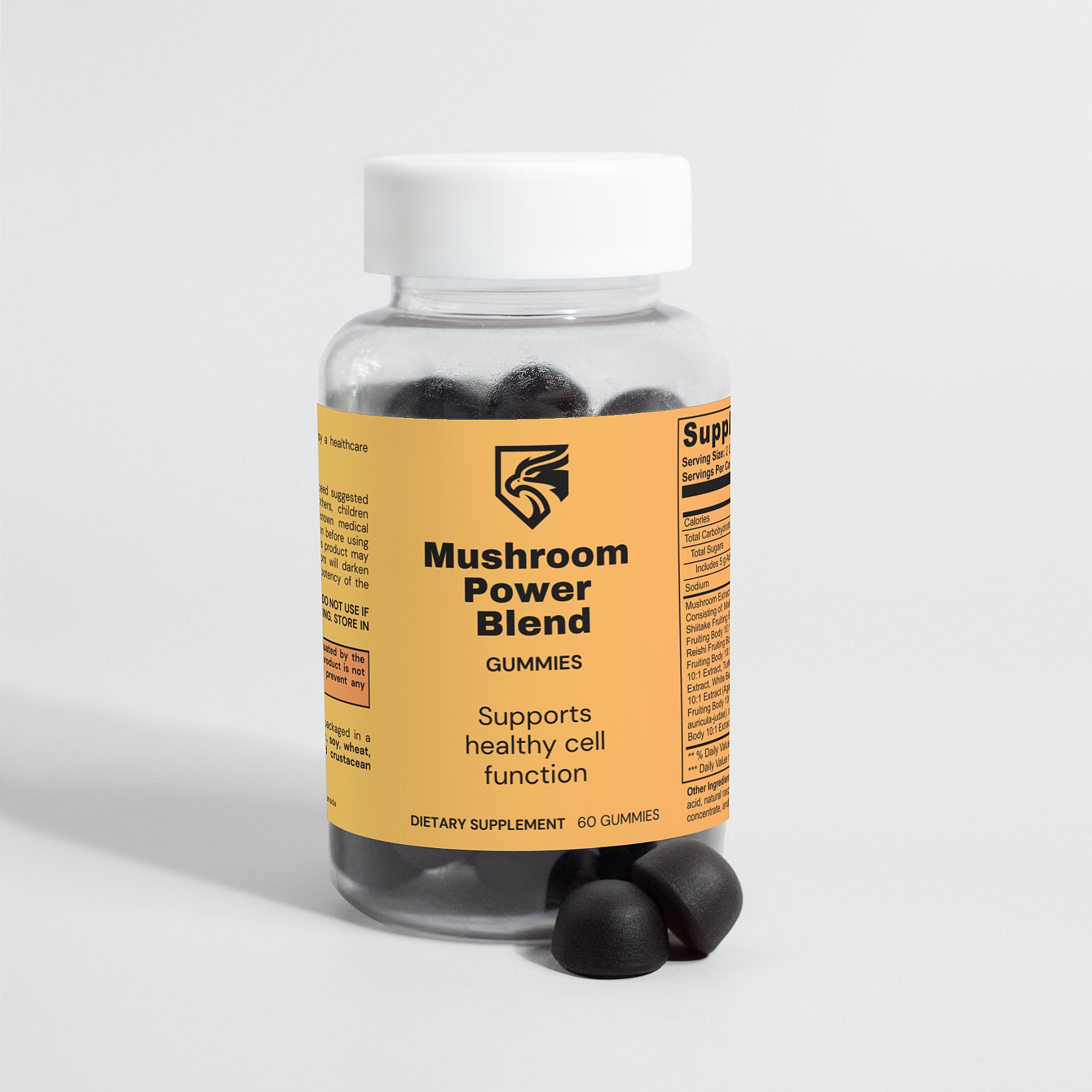During male puberty, hormonal changes play a crucial role in the development of secondary sexual characteristics and the overall maturation of the body. Here's a breakdown of the key hormonal changes that occur:
-
Gonadotropin-Releasing Hormone (GnRH) Release: At the onset of puberty, the hypothalamus in the brain begins to release gonadotropin-releasing hormone (GnRH) in pulses. This stimulates the pituitary gland to produce two important hormones: follicle-stimulating hormone (FSH) and luteinizing hormone (LH).
-
Follicle-Stimulating Hormone (FSH): FSH plays a role in stimulating the production of sperm in the testes. It acts on the Sertoli cells within the seminiferous tubules of the testes, which support the process of spermatogenesis.
-
Luteinizing Hormone (LH): LH stimulates the Leydig cells in the testes to produce testosterone. Testosterone is the primary male sex hormone and is responsible for the development of male secondary sexual characteristics.
-
Testosterone: Testosterone is responsible for several changes during puberty, including:
- Development of the penis and testes
- Growth of facial, pubic, and body hair
- Deepening of the voice
- Increase in muscle mass and bone density
- Growth of the Adam's apple
- Development of male pattern baldness (in some individuals)
-
Dihydrotestosterone (DHT): Testosterone can also be converted into dihydrotestosterone (DHT) by the enzyme 5-alpha reductase. DHT is a more potent form of testosterone and plays a role in the development of male genitalia, as well as in the growth of facial and body hair.
These hormonal changes typically begin around the ages of 9 to 14 and continue through adolescence until the individual reaches adulthood. The timing and pace of puberty can vary widely among individuals. Hormonal imbalances or abnormalities can sometimes lead to delayed or precocious puberty, which may require medical attention.







Leave a comment
This site is protected by hCaptcha and the hCaptcha Privacy Policy and Terms of Service apply.